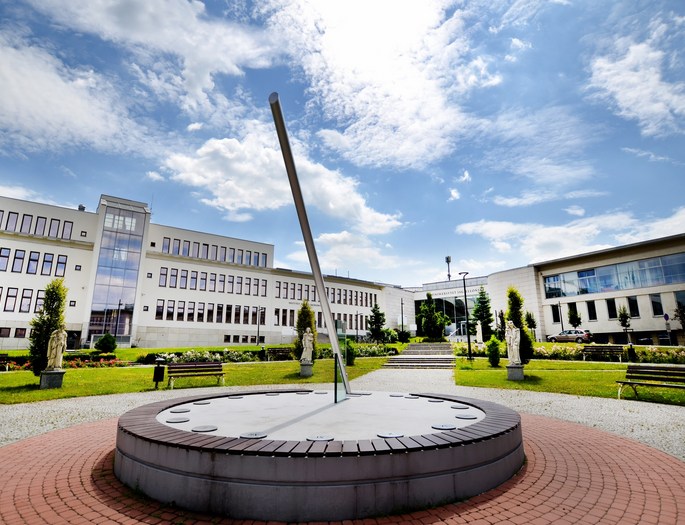
The paper "Triplet-driven chemical reactivity of β-carotene and its biological implications" by a group of researchers led by Prof. Leszek Fiedor from the Jagiellonian University Faculty of Biochemistry, Biophysics and Biotechnology (JU FBBB) has been published in the prestigious Nature Communications journal. The research group also included scientists from the AGH University of Science and Technology in Kraków and the University of Niš.
The goal of the studies by Prof. Fiedor’s team is to understand the mechanisms of interaction between oxygen and its reactive forms and β-carotene, a carotenoid that is one of the most important antioxidants and photoprotectants aimed to protect the photosynthetic systems of plants and cyanobacteria. The analysis of results discussed in the article indicate that the suppression of the most reactive oxygen form – the singlet oxygen – by β-carotene occurs only by physical means. At the same time, it has been shown that the particles do not react with each other chemically, and the singlet oxygen does not cause the β-carotene oxidation.
“Unexpectedly it turned out that the chemical reaction of β-carotene with oxygen, leading to its oxidative degradation involves the participation of a pigment in an excited triplet state. Hence, the products of oxidative degradation of β-carotene can be chemical signals of overproduction of harmful chlorophyll triplet states within the photosynthetic system, resulting form the excess of the absorbed light energy. This contradicts the generally accepted conception assuming the participation of this pigment in chemical deactivation of this form of reactive oxygen and the role of the products of its degradation as the markers of oxidative stress. It also turned out that free radicals and singlet oxygen are released during the photochemical breakdown of oxidated products of β-carotene, which explains the widely disputed and controversial pro-oxidative activity of this pigment”, reads the announcement on the JU FBBB website.
Another surprising discovery is the fact that the β-carotene itself has only a limited capability of generating singlet oxygen photocatalytically. These results will change the currently prevalent views on mechanisms of antioxidative functioning of carotenoids as well as photophysical properties of these pigments.
The research into the properties of photosynthetic pigments are funded by the National Science Centre. The paper "Triplet-driven chemical reactivity of β-carotene and its biological implications", available in open access on the Nature Communications website, was authored by Prof. Leszek Fiedor, Mateusz Zbyradowski, Mariusz Duda, Dr hab. Anna Wiśniewska-Becker, Prof. UJ, Dr Heri Heriyanto, and Weronika Rajwa from the JU FBBB, Dr Mariusz Pilch from the JU Faculty of Chemistry, Dr Joanna Fiedor from the AGH University of Science and Technology as well as Dr Dragan Cvetkovic from the University of Niš.





